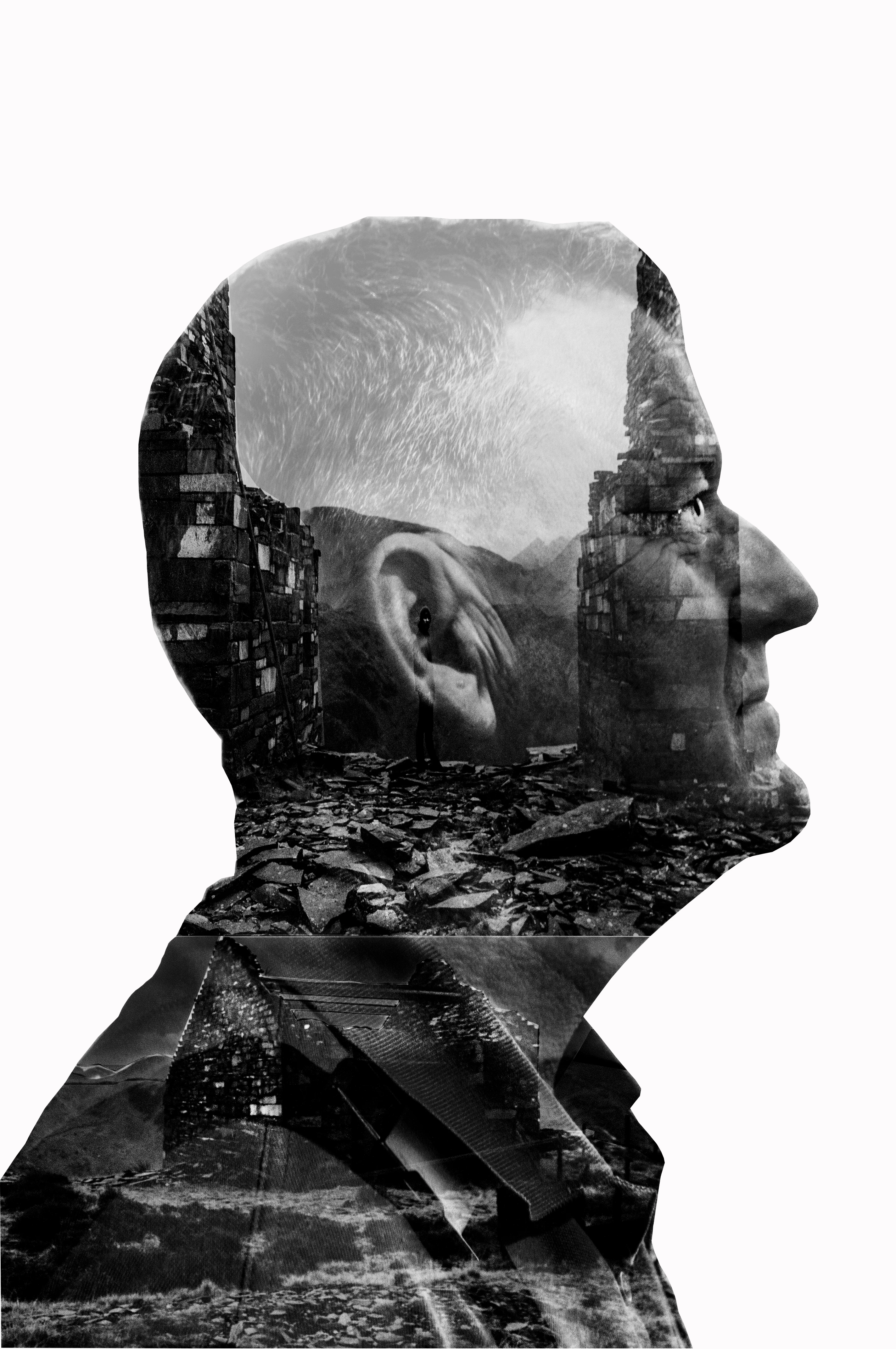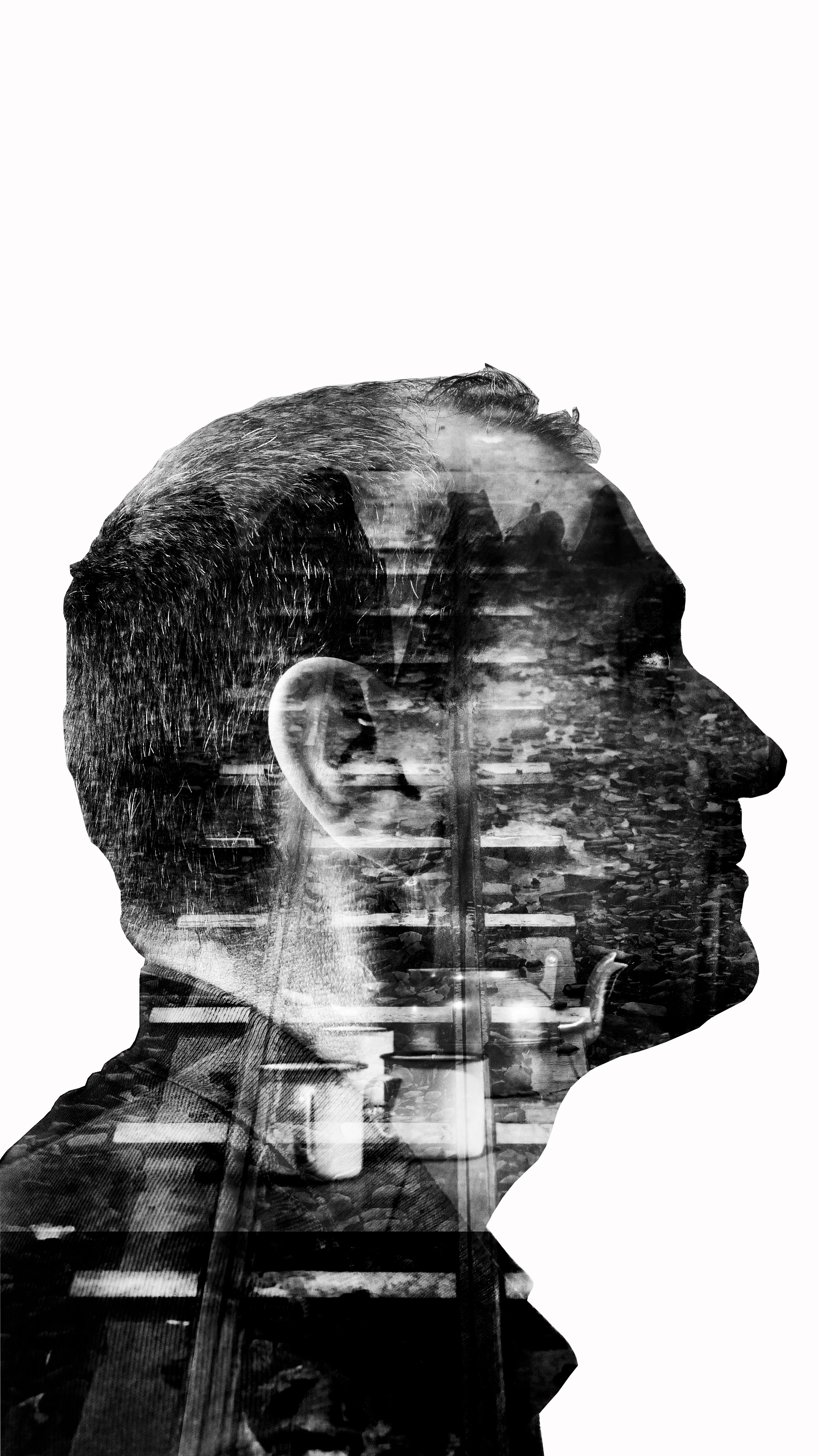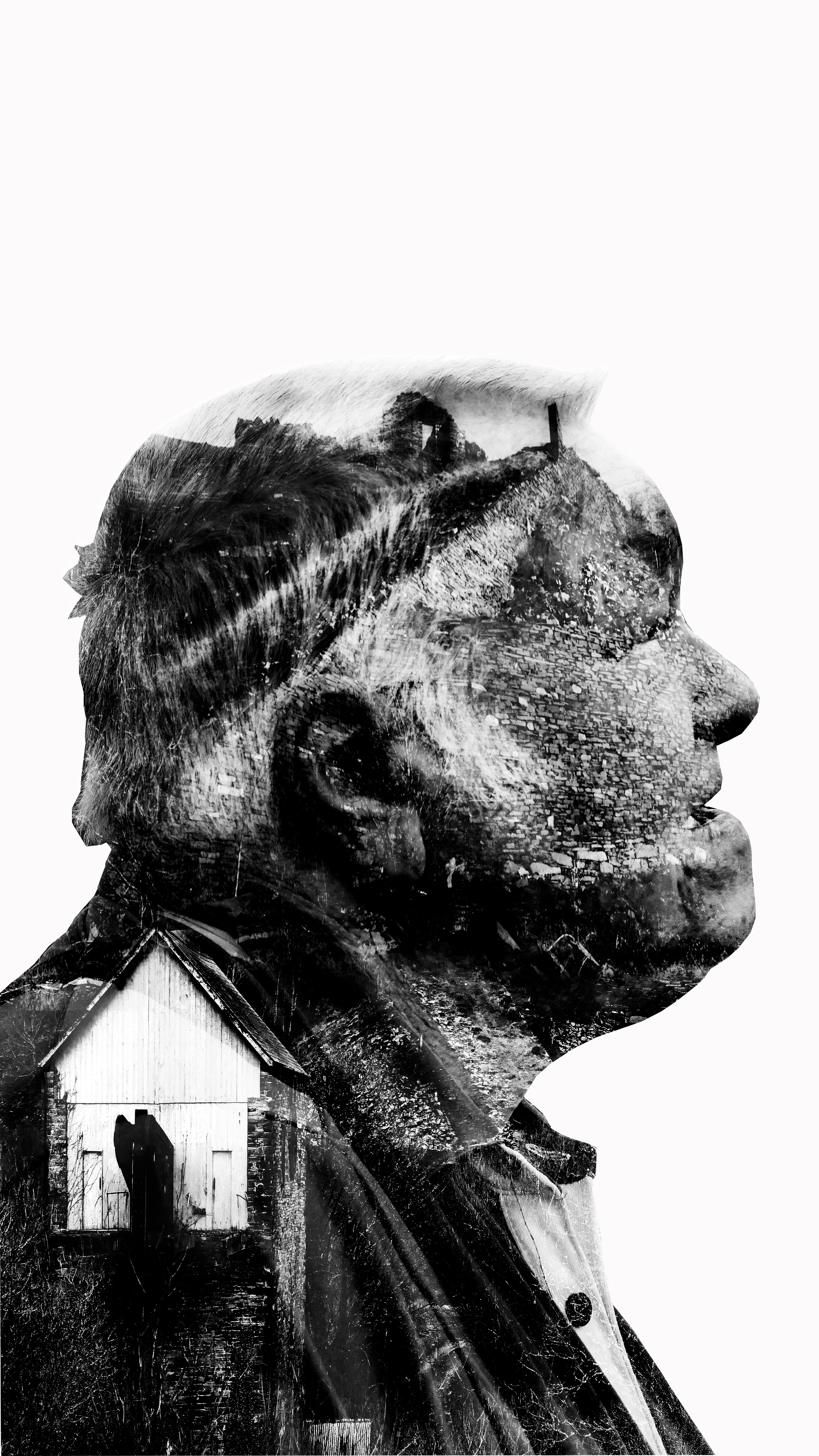Chwarelwyr – Quarrymen
, 14 April 2020
Like so many events during these unprecedented times, our Quarrymen exhibition was curtailed last month when Waterfront Museum closed its doors for lockdown. We wanted to find a way to continue to share it with you, so here’s some background to the exhibition by Carwyn Rhys Jones, who developed it. In it speaks about how it came about and how it was shaped by the stories and memories of five quarrymen. We’ve illustrated this with images from the exhibition and hope you enjoy the experience.
I began this project as a development of some work I’d previously done at university about the landscape of quarries. The project included some quarries in North Wales including Parys Mountain, Dorothea, Penrhyn, Alexandra and Oakeley. It focussed on how the natural landscape had changed due to industrialisation and how a new landscape formed around the quarries. The natural next step was to look at the people of the quarries. Sadly, few quarrymen remain, so it became timely to capture and record this important history and heritage.
Ideas for this project were driven by the quarrymen I interviewed, so it was only fitting that it would be titled Chwarelwyr which means Quarrymen. The exhibition is formed of two key parts: a short documentary and photography stills to accompany it with. The first quarrymen I interviewed was based in Trefor. He was known locally as Robin Band due to the fact that most of his family were in bands. He worked in the stone quarry of Trefor for a few years, and shared fantastic memories of the good, bad and humorous times there.
The next was Dic Llanberis, which, as his name suggests, was based in Llanberis. Dic had years of experience and so much knowledge about the history of the Dinorwic quarry. I used the same process for each of the five quarrymen, interviewing, filming and then photographing them. Dic worked at the quarry even after it had closed down in 1969, helping to clear the remaining slate.
Then it was the turn of Andrew JonJo and Carwyn. They had both worked at Penrhyn quarry in Bethesda on the outskirts of Bangor. I interviewed them both at the National Slate Museum in Llanberis where they both now work. Andrew is the last of six generations of quarrymen in his family that had all worked in two quarries: Dinorwic and Penrhyn. As you might imagine, he spoke movingly of how he was bread into the industry. Carwyn also comes from a large quarrying family, some of them had worked at the slate hospital in Llanberis for injured quarrymen. A number of his ancestors’ signatures can be found in the slate hospital museum’s books, recording surgical procedures.
Finally, I met up with John Pen Bryn, based in Talysarn just outside of Caernarfon. This quarry was so large that it contained a village, and John had been raised there. He now owns the quarry and has lived in Talysarn all his life. He showed me around the quarry and where the village used to be – difficult to imagine now that it was once a bustling place with three shops, within the quarry. John was full of stories and knew everything that had happened in his quarry over the years.
Sadly, both Robin Band and Dic Llanberis have passed away since completing the exhibition, and so the film that accompanies it finishes with their images. They, and I are very glad that we managed to capture some of their stories and document this important heritage and history just in time. I am very grateful to all who were involved in making this exhibition possible. I hope you enjoy it.





Comments - (1)
I would love to know more about this project. I work from Memorial weekend until Labor Day weekend at the Welsh Heritage Museum in Oak Hill Ohio.
Debra Davison
Sincerely
Debra